The Art of Ancient Hands
A Chisel 1/16” slides into pine like a hot knife into butter. Mortising holes is not always for large work. Many years ago a customer brought hundreds of rosewood parts to me in a cardboard box. It was a multifaceted Chinese lantern made up of frames that housed painted glass panels. Each meeting point intersected with mitred tenons into mitred reception mortises on the adjacent stiles. The owner had missing parts by the dozen, but in the scheme and scale of things, what was missing seemed very small.
I made all of the parts, replicating the pristine mortise and tenons. It was a time-consuming work of love I admit. When i saw the work needed I couldn’t help myself but agree to repair the lantern because the work of a Chinese craftsman two centuries past would have come to an end. I most likely made $5 an hour or less by the time the work was.
Recreating the parts left me in awe of the accuracy of the workmanship. Not only did all of the joints fit interchangeably in any of the mortise holes, so too every mitre fit with a gapless perfection that challenged every ounce of my skill.
I didn’t want a workbench for the fine work. No vise could hold the fineness of the pieces. All plough planes were too big for the grooves and no moulding plane I ever knew of could recreate the moulded stock. I made the small knives and the scratch stocks from Zona saw blades and diamond files. Work I never charged for. I made my chisel from O1 but I am sure what I made would have seemed crude to the old craftsmen that made the lantern. The plane I made left me with little to hold on to but the work was worth any discomfort.
Sometimes your work draws you into deep, deep realms of workmanship we have lost connection with by substituting pathetic alternatives requiring skill-less, workless input through computers guiding styluses. A poor but skilled workman made this lantern and received small reward to establish it for the wealthy man and his family to live with. He was the contented man of depth and substance constrained by a humility I can never know and he lived by his hand work and few words. He lived in an age of no machines and never turned an electric switch to start a motor or even to light his way by. I turned out the work using the same techniques and patterns as I learned from my mentor’s tool marks and cuts. Each cut I made to replicate the work became my treasure and my wage in my heart. When my work was done I delivered it to the rich man who bought it for his son who loved Chinese art work and I closed the lid on my newfound treasure and locked it away until I brought it out to write this blog. The man who made the lantern hid himself in his work. Pride and being known meant nothing to him. This is the art of human life.


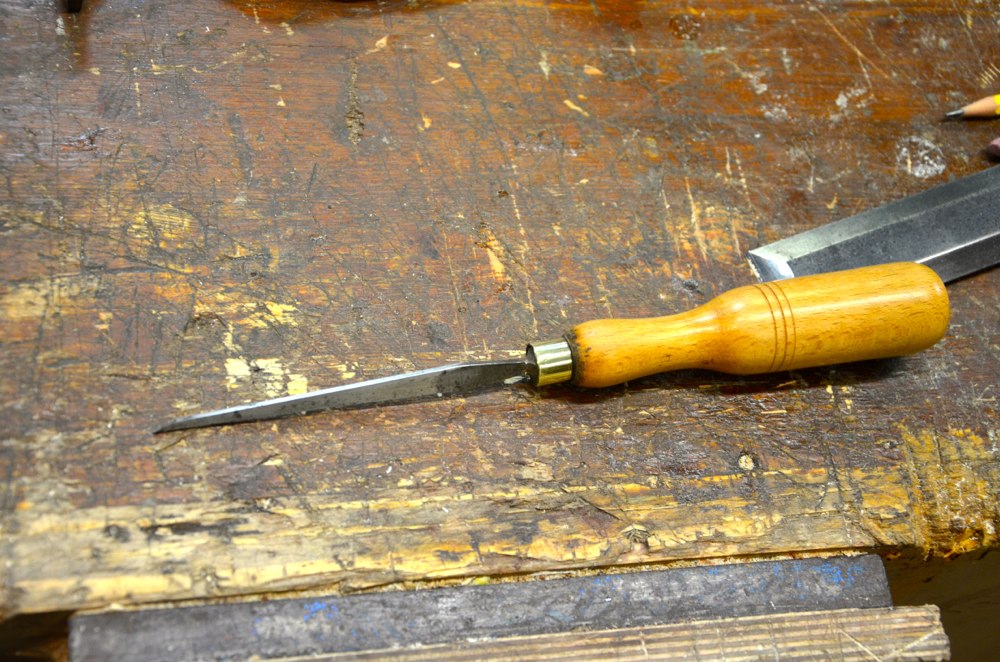
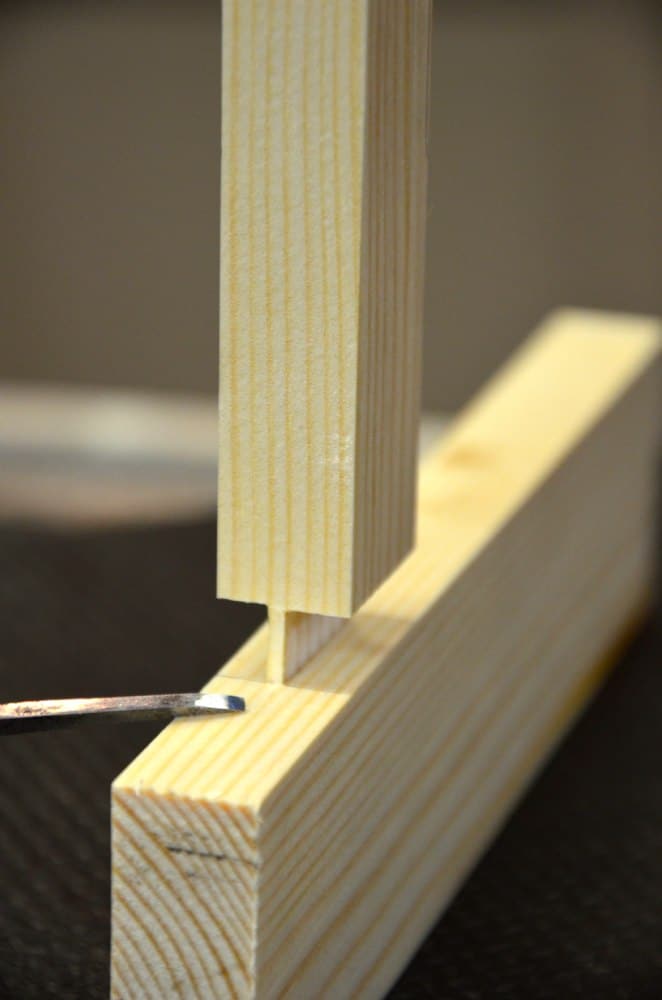
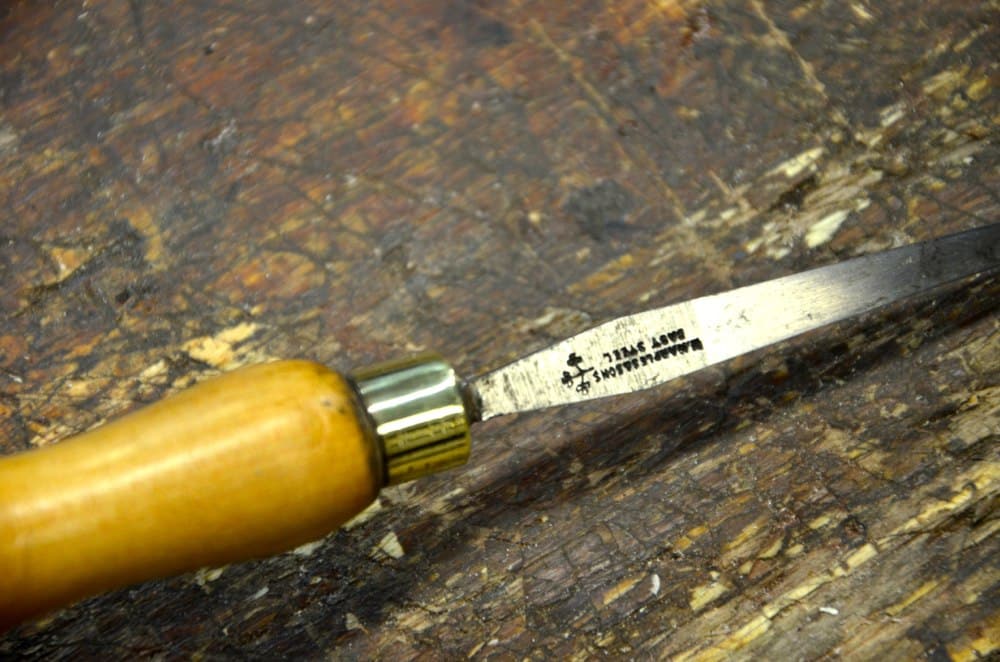
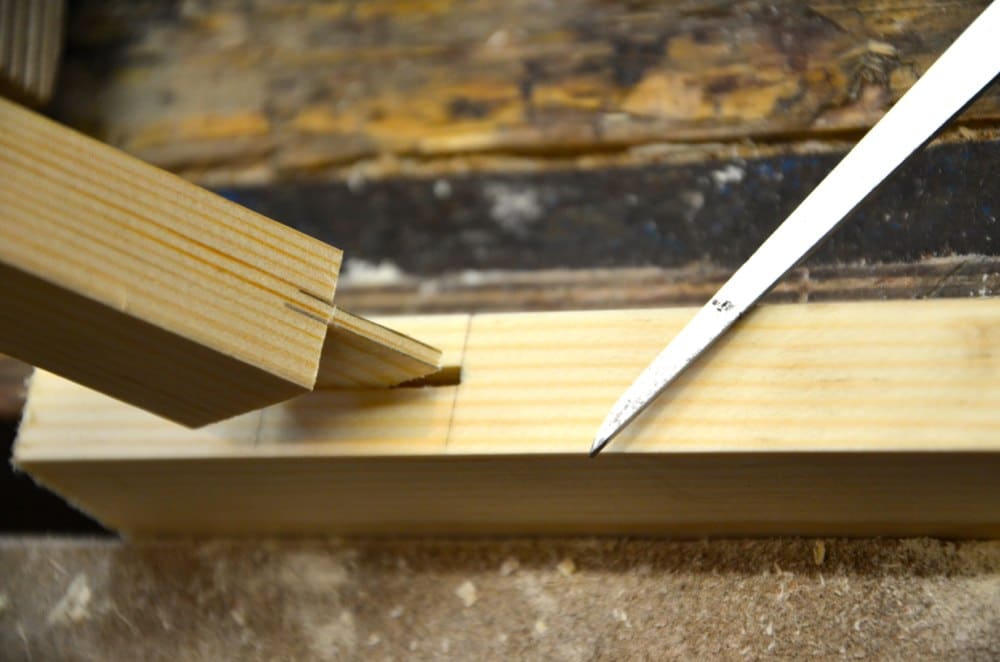
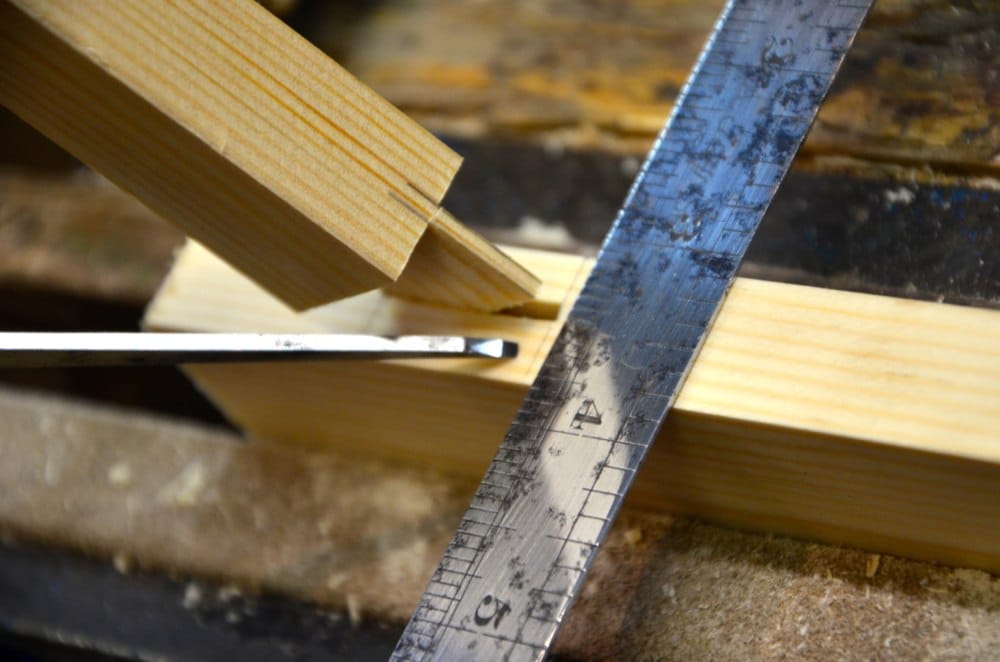
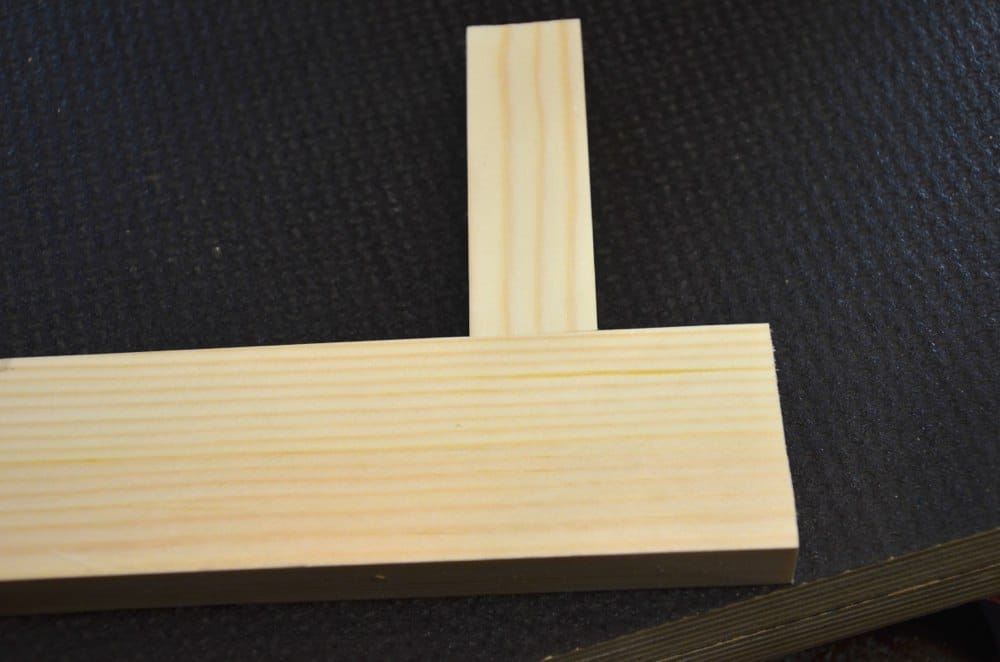
If I’d never read The Lost Carving: A Journey to the Heart of Making by David Esterly I’d find it difficult to understand what you learnt as you worked. I’m glad I’ve at least got an idea.
I have a W Butcher mortice chisel just like that, it is thin and the steel looks excellent. Unfortunately I have not had a chance to use it yet. I love the blog Paul please continue to grace us with your insight, not only for woodworking, but also for living.
Thanks for this. I see this all around me in different ways. We consider ourselves an advanced and wealthy society but when you look at the works we inherited-the fine stonework/carvings of the past, handmade architectural millwork, blacksmith wrought ironwork, and fine antique furniture–we could not as a society afford to reproduce this. It has become priceless, mainly because making them required skill-routine to the craftsmen of their time but now almost lost. It is only in a few craftsmen such as yourself and many of us hobbyists that they will live on. I am in awe of such craftsmanship as you describe-these things should be preserved. I’ll use the quote again, “some things are lovely, warm still with life…of the forgotten men who made them” DH Lawrence
My teacher here in Korea, also made such furnitures. I wish I can have a chance to upload his works. We can notice that he jointed the woods but we could not find any gap between joints. Especially the number of parts are so many that we cannot easily imagine how he made those.
‘I will not tell you of how he died , I will tell you of how he lived’ not exactly a high brow quote (movie- Last Samurai) but one I find to be of merit. I didn’t appreciate the nuances of it until my father passed last year.
Your writing on the deeper feeling you have found through your craft is my favourite. Lyrical and still so full of wonder. Thank you.